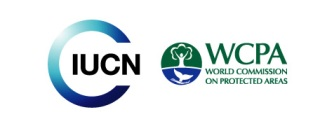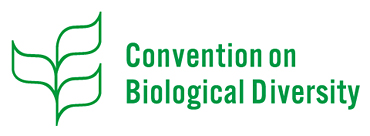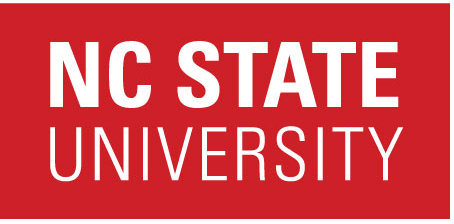Congestion Management Toolkit
Citation
National Park Service, U.S. Department of the Interior. (2014). Congestion Management Toolkit.
Download PDF
Summary
Many national parks experience a level of visitation that often exceeds the capacity of
the parks’ facilities and resources. While congestion can result from too many people at
a trailhead or on a trail, a crowded visitor center with a waiting line for a film about the
park, or even too many bicyclists using a pathway, this Congestion Management Toolkit
focuses on motor vehicle congestion (cars, trucks, buses, etc.).
Congestion can occur at individual or multiple locations including: gateway communities,
on roadways leading to the park, at entrance stations, on roadways within the park, in
parking at visitor centers, trailheads, and other attractions. Causes of congestion vary, from
bottlenecks to visitors congregating at an attraction, or from normal traffic fluctuations and
commuter traffic. In short, congestion occurs when (and where) there is more demand than
supply. Parks may experience mild, moderate or severe congestion. Some parks see visitation
spikes on holiday weekends, special events, or throughout their peak season. Other parks
may experience congestion all year long from commuter traffic. The most common issues
impacted by congestion are visitor experience, safety and park operations.
This Toolkit provides a list of congestion mitigation solutions or tools that can be applied
to address specific congestion problems and issues in NPS settings. Key features include
implementation considerations, cost and financial information as well as examples of
where these tools have been used and expected outcomes based on previous applications.
Finding the right tool involves a “diagnosis” of the problem(s), so they can be matched
with the best solutions.
Keywords
congestion, expectations, transportation




